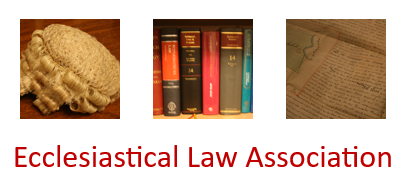A married couple had died, one of them in 1968 and the other in 1983, and a memorial on their grave bore their names. One of their three children, a daughter, died in 2019 and her husband died in 2020, and their ashes had been interred in the same grave. The petitioner, the eldest child of the daughter, wished to add a second memorial recording the names of her own parents. The daughter's surviving two brothers objected, one becoming a party opponent, who was unhappy about his brother-in-law's ashes having been buried in the grave and his surname being on a memorial on the grave. The Chancellor granted a faculty, authorising the memorial with the compromise wording suggested by the petitioner, which would give both the married name and maiden name of the daughter, to show the link between her and her parents.

